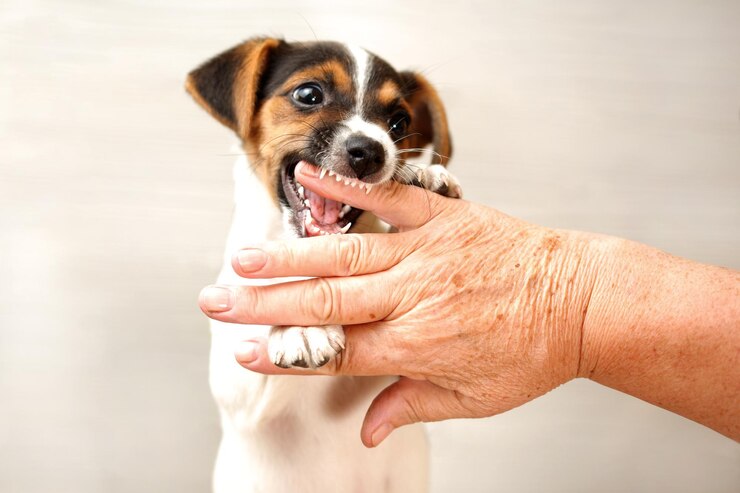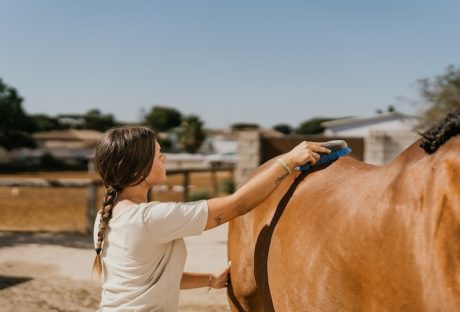Americans, as a whole, love their dogs. Many millions of American households are home to at least one pooch, and many families keep multiple dogs. Dogs have been domesticated for thousands of years. They are generally friendly, and they become productive members of households. Dog bites remain common.
Many of these bites are relatively harmless, resulting in no substantial injury. However, some people do end up needing to seek medical treatment. Sadly, some people pass away from injuries sustained by dog bites, although fatalities are rare.
If you or a loved one have been injured, you should speak with a lawyer. You may receive compensation for medical bills, pain and suffering, and other things. You can search for a dog bite lawyer in the Detroit area or for a lawyer based nearest you. Curious about dog bite data and increasing safety? Read on!
Looking at the Data Regarding Dog Bites
Data covering dog bites can come from many different sources. Immediately, one clear challenge emerges: data collection is often sporadic, and the methods used by different organizations and by researchers at different times.
As a result, they may make the data hard to compare. For example, the Centers for Disease Control has conducted various studies over the years. But they need to collect and publish standardized statistics on the issue regularly.
Some of the most commonly cited statistics conclude that 4.5 million people are bitten by dogs each year. Roughly 800,000 require medical treatment. However, this data comes from a CDC study examining bites from 2001 to 2003.
It’s hard to say if this data still accurately reflects the situation in recent years. On the one hand, dog ownership has increased, so perhaps dog bites are increasing. On the other hand, increased education and efforts to ensure healthier human-dog relationships may result in fewer bites.
Dog Biting Statistics
Moving further away from the dog statistics, the average cost per claim for dog attacks keeps on escalating from the year 2003 to that of 2017. They are driven by the increasing cost of medication and the higher settlements.
According to a study, around 28000 dog attacks resulted in hospitalization (the figures range between the years 1993 to that of the year 2008). The statistics kept on increasing therefrom. Presently, a dog bite treatment in a hospital (hospital stay) costs around $18200.
Looking at the number of dog attacks on US postal employees in 2019, one can understand cities notorious for dog bites. They include Chicago, Los Angles, Dallas, Columbus, Philadelphia, Toledo, and others. These figures point out the increasing number of dog bites and also the cost of treatments. The concerns keep mounting high with time.
The Most Crucial Statistics
Let us know about some of the most crucial statistics on the dog bite. According to statistical figures, almost around 4.5 million people became victims of dog bites. Nearly half of them are children. Around 70% o dog bites are untreated.
Dog bite accounts for around 46 fatalities, as recorded in 2019. The Pitbull and the Rottweiler are responsible for 77% of dog bites. According to global figures, millions of dog bites occur Annually! These statistical figures call for introspection; therefore, the concerned authorities must be aware of the dog bites. It is important for the sake of awareness.
Keeping Children and Safety in Mind With Canines
Children rank among the most vulnerable to dog bites, and educating them to reduce the risk of bites is important. Since children are not as large or robust as the typical adult, they are more vulnerable to injury. Further, many children don’t understand how to interact with dogs properly. What may seem like innocent rough play may cause a lot of harm to canines. If a child injures a dog, it may be more likely to bite.
It’s important for parents to properly educate children on dogs and how to interact with them. Supervision at home is crucial for households with both kids and dogs. It’s also wise to teach children not to approach strays or unknown dogs. While many dogs are friendly, some may be dangerous.
Also, larger dogs can pose more of a threat. Even if a small dog bites a child or adult, it will likely do less damage. A larger dog, no matter the specific breed, will be able to inflict more damage if it should decide to bite someone. Remember, if you’re looking for a dog for your family.
What If A Dog Bites Your Child
You need to be mindful of health and safety measures when the dog bites your child (especially if it is not your own dog). At the same time, you also need to take your kids to the emergency department.
Though rate, infections like rabies and others are fatal. Therefore you must not delay at all and take your child to the nearby hospital for treatment. Your doctor will let you know if the child needs stickers or if antibiotics will suffice. Moreover, you can help your doctor by providing some important tips on the risk factors associated with dog bites.
You can name the location of the dog’s owners. It will enable the doctor to procure updated data on the vaccinations. It can also help you understand whether or not the dog attacked was provoked or unprovoked. If the attack was unprovoked, let the doctor know if the dog is sick. It might completely affect the treatment decision.
Have You Safely HENDled Them?
Take note of some of the safest ways to handle dogs so that you do not have to be in trouble. Never try to squeeze the dog too tightly as they feel uncomfortable. Also, never tease them by pulling the ears and tail tightly. It is a sensitive organ.
Do not disturb the dog when they are eating. Dogs give their utmost concentration while they are eating.
If you do it, be prepared to face the heat. Never put your fingers before them, especially when they are eating. These precautions can save you from dog bites.
Read Also:





















